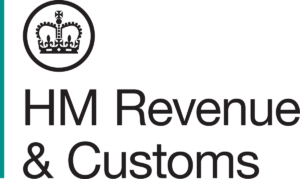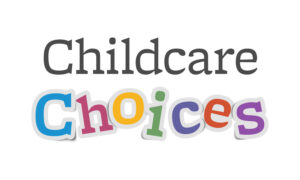
Tax-Free Childcare: Parents only using half of accounts
 The Government has published its latest statistics for Tax-Free Childcare showing that half of all open accounts are not even used.
The Government has published its latest statistics for Tax-Free Childcare showing that half of all open accounts are not even used.
There was a dip in numbers of people using TFC in June but otherwise more people are using the support than previously. However, only 50% of open accounts were used in April which means that thousands of families and children are missing out on money earmarked for childcare support.

There are still fewer families with a disabled child benefiting from TFC.
For every £8 a parent pays into their child’s account, HMRC will top up by £2 up to a maximum of £2,000 per child per year.
But since it’s launch in 2017, the Government has passed £2.4 bn of unspent TFC money back to the Treasury.
Purnima Tanuku OBE, Chief Executive of NDNA, said: “Tax-Free Childcare is still not benefitting enough families, with half of those with an open account not using it. That does not even count those who could be eligible and don’t have an account.
“We know that the Government has massive underspends in this area and it should be using this money to support children and the early years and childcare sector.
“The system is too complex and many families are just not aware of what they are entitled to, especially in Wales, Scotland and some areas of England where take-up is lowest.
“NDNA has suggested a more simplified approach to the Department for Education of putting all forms of childcare support into one online account for each child. This would be easier for families and providers, increasing uptake while reducing the administrative burden of the current systems.”
Read the full report.
- England
- Scotland
- UK
- Wales
- HMRC
- tax free childcare
- TFC


